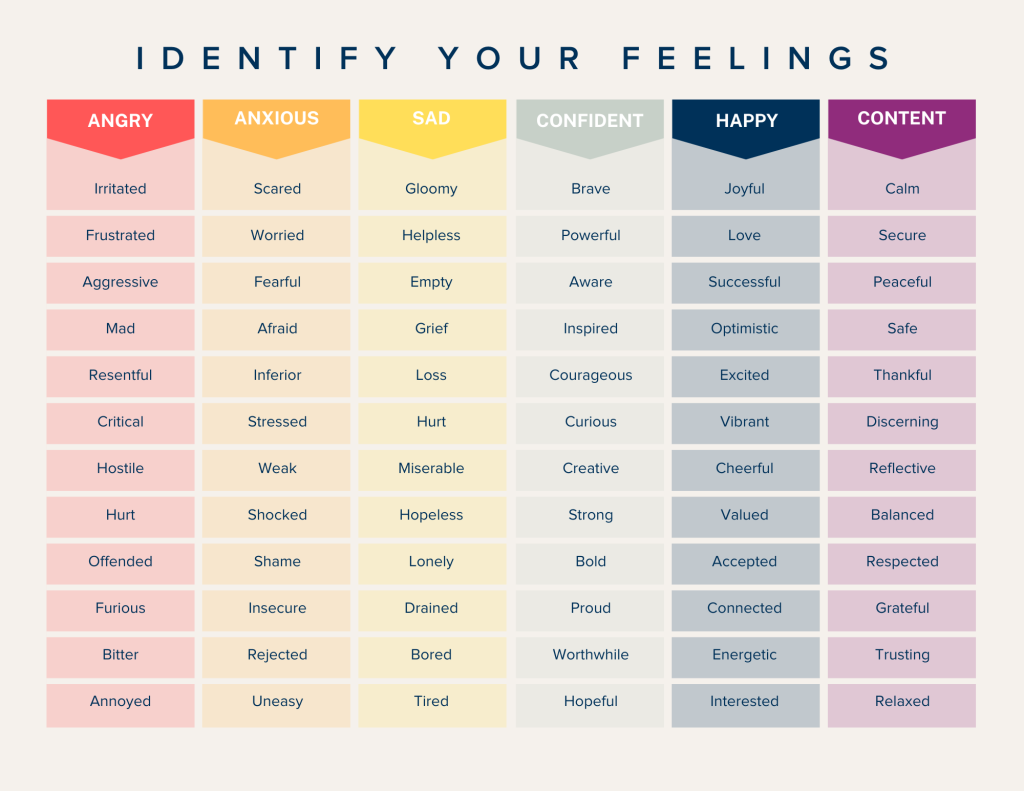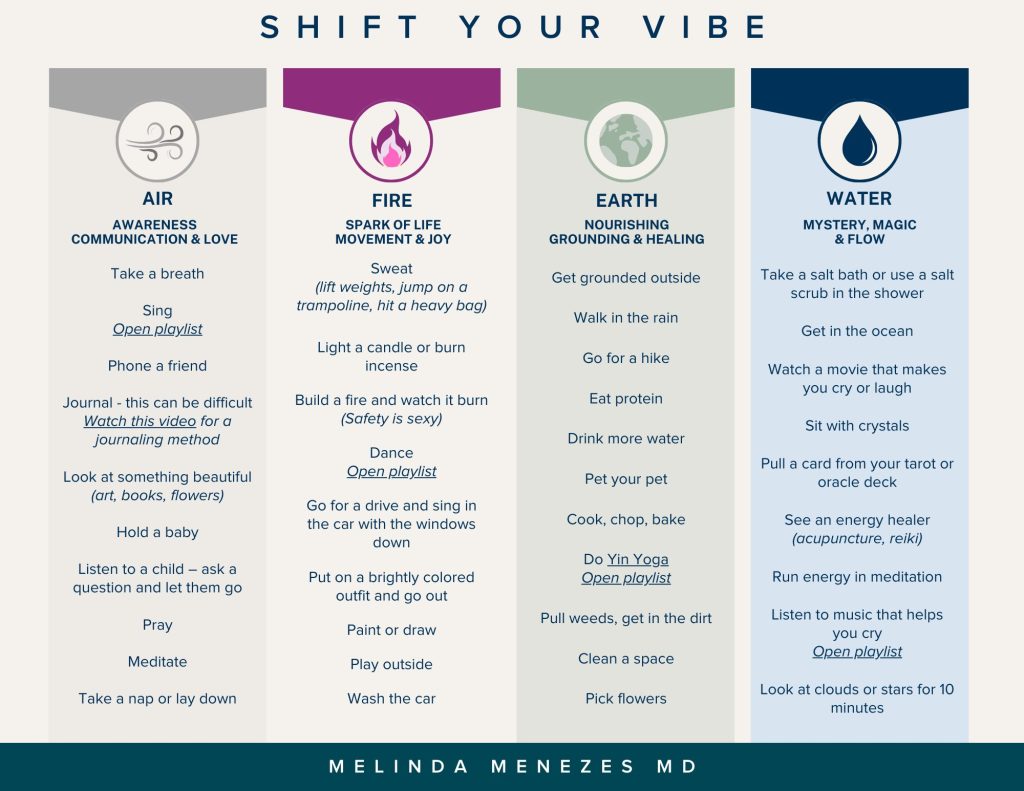Cranky, irritated, irritable, pissed, pooped.
I could go on and on. There is a gang of feelings that are not enjoyable. And I don’t want to waste a bunch of time stuck in the yuck. Over the years, I’ve worked with friends, my therapist, and my Spiritual path to develop a way to shift out of the ick. I will share some techniques you can use and customize for your system/person. To begin with, I’m going to:
- Start by telling you what we are NOT talking about, and then
- give the summary points right off the bat. Do the kids still use Cliff Notes?
Then, we can look at things in more detail and give examples.
First and foremost, we are not talking about denying, escaping, numbing, bypassing, ignoring, or otherwise pretending that the yuck is not upon us. Book Of Mormon – Turn It Off. As much denial is one of my all-time favorite dysfunctional coping mechanisms, as it turns out, it’s only temporarily effective. It has serious, long-term, and horrific effects.
Also, this is not the remedy for big emotional stressors like intense grief, major depression, debilitating anxiety, etc. Therapy and medications can be a gift, and they have their place in our arsenal to manage life on Earth. However, these techniques have helped me manage some heavy feelings by taking small steps toward being kind and generous with myself. These techniques work very well in conjunction with therapy and/or medications. In times of extra suffering, daily, planned kindness is a salve to the heart that has been pulled out of your chest and run over by a cement truck.
On to the Key Points (You’re Welcome):
- First, identify that you are feeling grouchy, pissed, angry, irritated, sad, etc. Check-in with your physical body for kicks and see where you feel it. – pounding chest, nausea deep in the gut, blurry vision, headachey. Every body is different and very clear about these signals.
- Find the root of the feeling. This is usually a basic unmet need or a boundary being violated by you or someone or something else.
- Acknowledge that this is rough, hard, sucks, feels awful, is nonsense. The key here is not to belittle yourself for feeling this. Don’t talk yourself out of it. Let it be what it is.
- Now, for the creative and possibly more fun part, find a way to care for yourself that fits the feeling and the root cause

Detail time
1. Name that feeling.
Oh boy. Decades in therapy can be required to develop an emotional vocabulary. One of my heroes, Brene Brown, Ph.D., MSW, says that most people can only name 3 feelings: mad, sad, and glad. However, these are like the primary colors of feeling, and there are lots and lots of colors in the rainbow of emotions. Some of us, maybe the vast majority of us, grew up with families that were not prepared to teach us that we are still lovable when we experience hard emotions.
As a child in my house, my feelings were in service to my mother. She was fragile and couldn’t withstand the emotional range of a child, so I was restricted to being low maintenance and experienced backlash for emotional expression.It is a basic skill of being human to name and then manage the weather of our feelings. Not being tossed about by the emotional wind, meaning not being volatile, is empowering, liberating and saves a poopton of energy. If you don’t have an emotional vocabulary, you go out and get one! This is a new age. Information abounds in books, podcasts, movies, and with professional guidance. Investing in this aspect of yourself will yield a thousandfold happiness.
2. What is the root of the feeling?
After step 1, this one requires a bit of reflection. The more you practice this, the more you will find the themes. The key here is that the little thing that got the porcupine in your panties probably represents a bigger thing. Example: a product salesperson for the clinic used a dormant credit card on an order. This potentially would cause hours of headache for me because the bank is a pain in the butt, and I’d need to set up a pathway for payment, blah, blah, boring, normal stuff. I flipped. I felt mad. More specifically, I felt violated and disrespected and like I would be responsible for her carelessness. Hi mom! The small issues felt big because they hit on the theme of my childhood trauma.
3. Self Compassion
Now we go into the self-compassion side of this. Some Buddhist practices have been studied in evidence-based clinical psychology and have outstanding results in emotional regulation and resulting happiness. Acknowledging that this sucks, hurts, and there is suffering, whatever the cause, is a huge step towards feeling better. We get to accept self fully as is, and recognize that this is the human condition. We all experience suffering. It’s authentically part of the human condition.
4. Acknowledge and Accept
This is my favorite part. Once I can name what I feel, know a bit about why I’m feeling it, acknowledge and accept that this is what is going on, I scroll my lists for what I can do for myself. As a way to organize myself and my options, I break them down by element.

create your own list
Creating this chart was an activity my therapist recommended years ago and it is a resource I still update and use frequently. The best way to shift your vibe is to create a chart of your own that you can turn to when you need it. It’s best to create this resource when you have quiet time and availability to check in with yourself, listen deeply and create space for being kind. You don’t want to create your list in the heat of the moment of need.
I organized my chart by element because it works to me. I find tools like astrology, human design, crystals and cards to be helpful tools for understanding me and this elemental organization may work for you too. For example, think of a time you felt a sudden onset of frustration or anger. Did you feel your temperature rise? If you feel a sudden spark of rage or your blood pressure climbs after someone cuts you off in traffice, you may chart activities that help you fight fire with fire. Perhaps movement, heat, and colorful activities fall into this category for you. Or, maybe you crave more balance and need to fight the flames with water or earth-based exercises. Swimming, gardening or grounding activities may feel really good and quickly move you out of the ick. There are no wrong answers. You can create a chart and update it as you find activities that feel good and work well.
Once you have a chart of your own, you can also combine and layer exercises for maximum impact. Hiking while listening to your favorite music or talking to a friend combines several elements and may get you feeling whole and centered even quicker. Download a blank chart to create a personalized resource today.
resources for getting started
I pretty much have a spotify playlist for everything because music helps me a lot. What you may notice that is NOT on here is screen time, alcohol, drugs, and white, processed foods. For me those things are an immediate relief and then nothing gets fixed and I feel worse after.
Please find this as a jumping off point for you. Each one needs to find their own set of activities and ways to process emotions. The more of these activities that can be baked into your daily routines, the more easily staying centered and not getting blown away on the storms of emotions. Many of these activities are free. The difficult part is remembering that we have choices and can respond to ourselves with the tender kindness that we would give a dear friend or a child. It may take some practice to build and add to your list.



